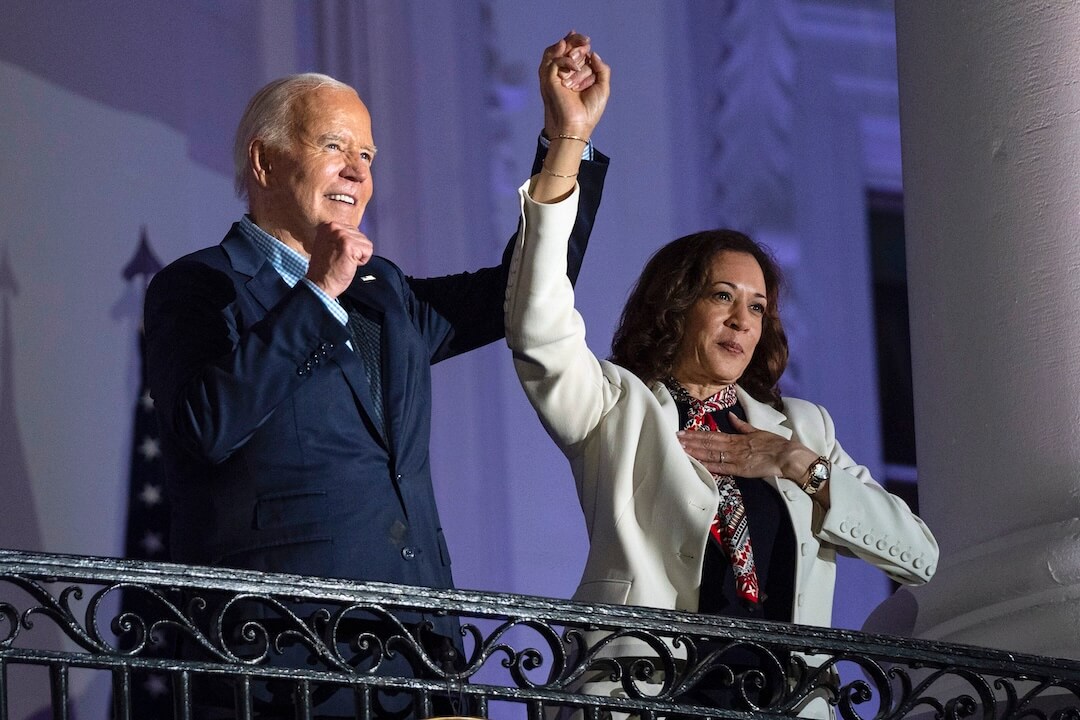Sunday print newspaper readers, looking for a roundup of stories and photo coverage of the attempted assassination of President Donald Trump, were as likely as not to come up empty. Fewer presses, remote printing and early deadlines often mean something happening at 6:15 p.m. might as well have been in the middle of the night.
A quick survey suggested that print deadlines and press arrangements mattered as much to newspapers’ ability to get some sort of story in print as the traditional time advantage of being on the West Coast.
Gannett communications chief Lark-Marie Antón said that besides West Coast titles like The Arizona Republic, those among the chain’s 200 plus papers that were able to include some coverage in at least some editions included the Detroit Free Press, The Bergen (N.J.) Record, and the (Wilmington, Delaware) News Journal.
On the other hand, Emilio Garcia-Ruiz, editor-in-chief of Hearst’s San Francisco Chronicle, emailed me, “Our print deadline is Friday night. We got zippo.”
California-based McClatchy, with a number of West Coast titles, had a particularly unhappy coincidence. Some of its papers switched last week to postal service delivery, so for the first time, what would have been a Sunday edition was delivered instead in the Saturday mail.
The independent Salt Lake Tribune is another paper that has shifted to mail and a Saturday print edition. “So we missed our print window,” Lauren Gustus, CEO and executive editor, emailed me. “We ripped up the ‘Weekend Edition’ even as it had already gone to print, for e-edition readers. This elevated both national and local reporting.”
Some leading West Coast papers still print locally and daily. So the Los Angeles Times and The Seattle Times could use the three-hour time advantage, as Seattle managing editor Lynn Jacobson told me, ”to rip up the Sunday edition and start over.”
Of course, print subscribers get free access to digital sites, so they could go there from Saturday evening on for the latest. But some print loyalists, especially older readers, don’t care for a digital presentation (including the e-replica editions Gustus referred to that mimic a print layout). They might or might not have made an exception in this instance.
Mark Katches, editor and vice president of Poynter’s Tampa Bay Times, addressed the question in a column to readers on the site titled “How come my Sunday newspaper didn’t have major breaking news about Trump shooting?” The Times is printed in Lakeland, he explained, and “we approved the last page and transmitted it to the Lakeland plant at 4:49 p.m. — an hour and 25 minutes before the shooting in Pennsylvania.”
A few papers at the end of the Times’ run got something in, Katches wrote, but the digital site — as at newspapers around the country — has now become the place to go for any breaking news.
Here are a couple more notes on newspaper coverage.
- Pittsburgh has two newspapers, the Post-Gazette and Tribune-Review. I scanned their sites Monday to see whether they could draw on local knowledge to pick up angles the national media was missing. Not for lack of trying, but they didn’t seem to come up with much. The Post-Gazette had interviews with different classmates and neighbors of the shooter than I saw elsewhere but the same conclusions — smart student, pleasant but not outgoing. The Post-Gazette did have the first story about where he bought ammunition the day of the shooting. But important information was tightly controlled by law enforcement, and the remote rural location meant knowing the geography was not the big advantage for locals that it might have been covering a hurricane or wildfire.
- The instantly iconic Associated Press photo my colleague Tom Jones wrote about in his column Monday morning did not appear in McClatchy or Gannett papers and digital sites. Both canceled as AP subscribers earlier this year (though Reuters, on whom they now rely, offered heavy photo coverage as well).
- On the critical question of what went wrong in security preparations, The Washington Post had an ace up its sleeve, pretty literally. Reporter Carol Leonnig has been doing stories on dysfunction in the Secret Service for years, converting them into a book and winning a Pulitzer Prize. She was the lead reporter on the Post’s particularly well-reported and well-written story on the security failures published early Sunday afternoon — suggesting that the biggest error was delegating too much and communicating too little with local law enforcement.
The think pieces are already beginning on whether or not political polarization and easy access to the most powerful guns make this week’s event different from attempted assassinations past. However, the twilight of the role of your local newspaper in shaping coverage and memorializing the event on its front page is beyond dispute.
Caryn Baird and TyLisa Johnson contributed to the reporting of this article.







Comments